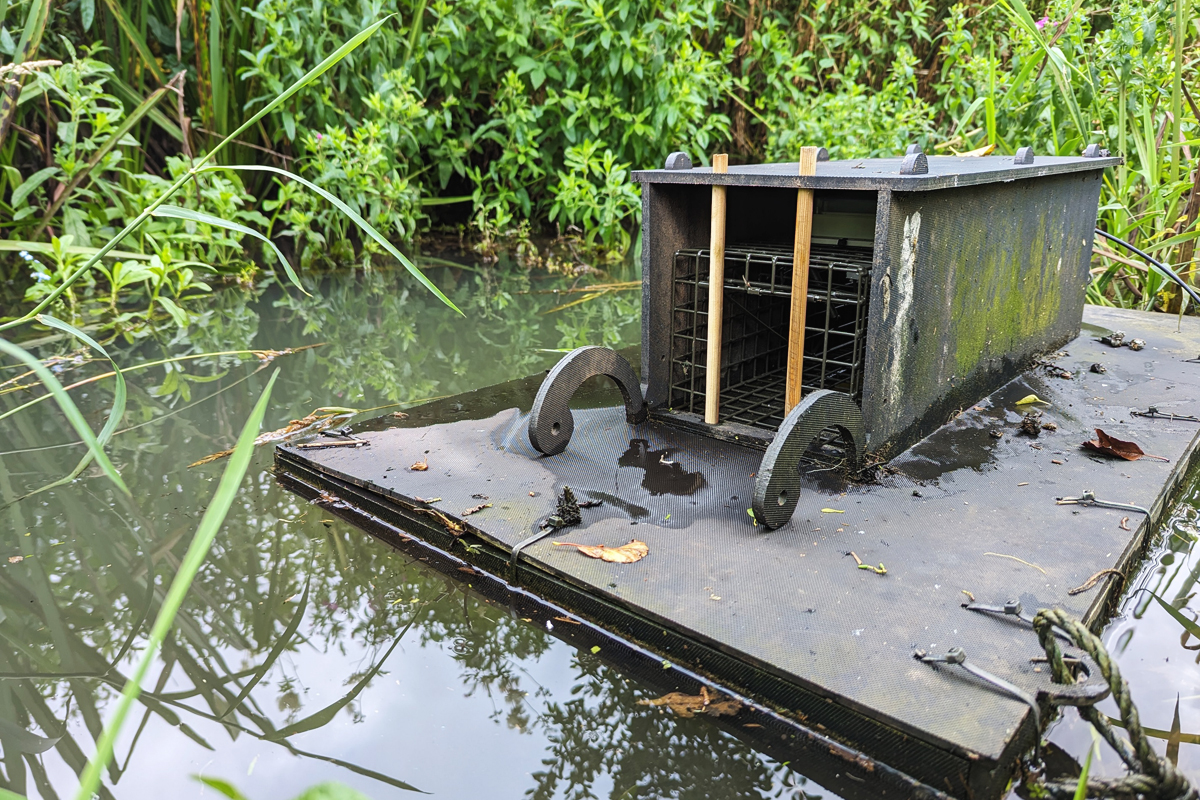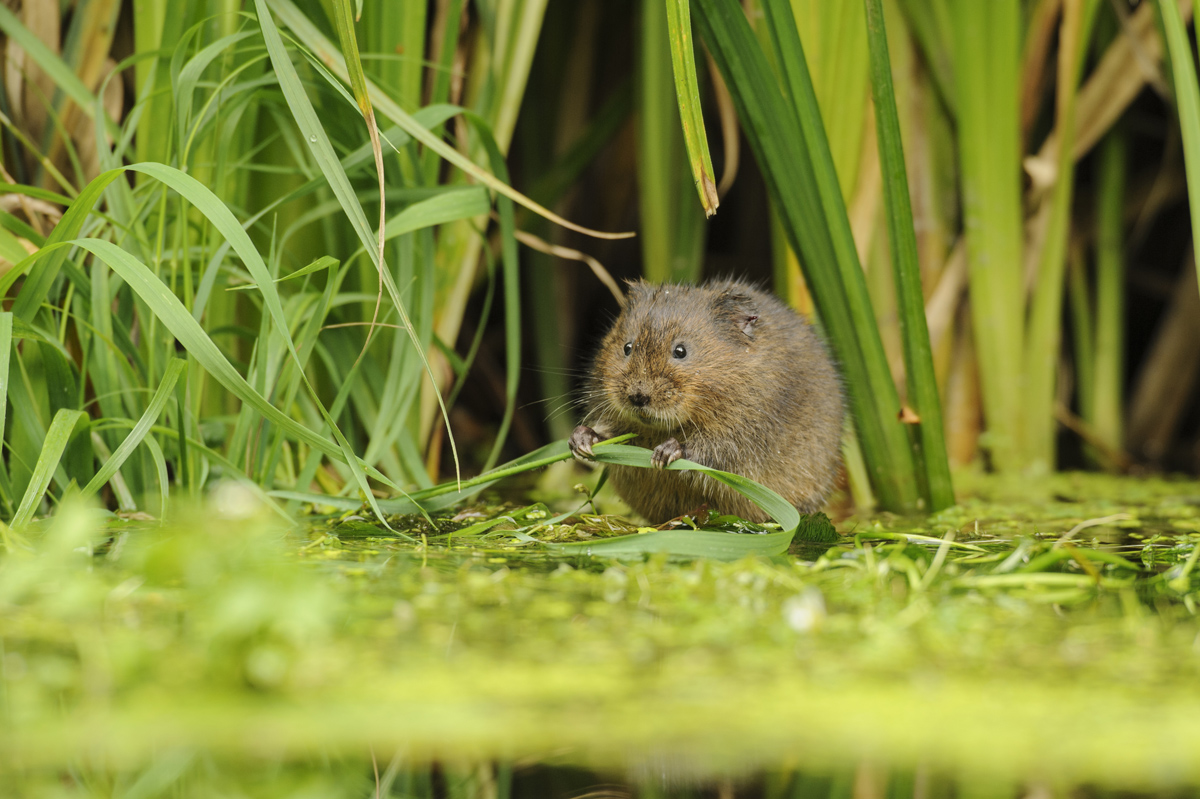Mink trapping helps rare water-vole populations recover in the Broads
An ongoing project to trap invasive mink in East Anglia has helped to boost the recovery of threatened water voles in the Broads.

The successful partnership project involving volunteers, Waterlife Recovery East and the Broads Authority, which first started trapping mink in 2003, has reported that there is no indication that mink have bred in Norfolk or Suffolk in the last year.
This year, with only seven mink caught in Norfolk and five in Suffolk, the project believes that the species has been nearly eradicated from these counties, with a corresponding increase in the recovery of water voles.
Invasive American Mink (alongside non-native rodent species Coypu) were bred for fur from the 1920s. However, with favorable wetland habitat on their doorstep, populations of escaped mink bred intensively in the Broads. Locally, they damaged populations of birds and mammals and nationally caused a ninety percent decline in water vole populations. This resulted in the local extinction of water vole populations in many areas.
After an intensive eradication programme caught the last remaining Coypu in 1989, mink were still at large in East Anglia and the Broads, leaving conservation organisations such as the RSPB concerned for the impact on the return of rare species including bittern, crane and water voles.
The mink trapping programme started in the Broads in 2003, managed by the then Norfolk Mink Project (now Waterlife Recovery East). It initially focused efforts around the River Wensum and then expanded to the rest of the Broads and Norfolk. Similar mink control was also taking place in Suffolk, led by the Suffolk Wildlife Trust. During the first two and a half years, almost 300 mink were trapped on the Wensum alone. Trapping efforts have increased over the past two and a half years, largely due to additional funding from DEFRA and Anglian Water.

There are currently around 340 ‘smart traps’ and traps on floating rafts set in Norfolk. When the trap door shuts in a smart trap it doesn’t harm any animals caught but triggers a text to a volunteer, who inspects the trap and releases anything other than mink back into the wild. After a recent increase in water vole numbers, many mink traps are now fitted with a special excluder, stopping water voles and birds getting in. Caught mink are safely and humanely dispatched by a trained professional or volunteer.
Recent scientific advances have improved the understanding of how mink populations disperse and develop. A geneticist examining tissue samples from mink caught in the Broads found that many of them are closely related. Therefore, this is a relatively isolated population with few mink entering from outside the region.
Around 300 volunteers have mink traps on their land in Norfolk and the success of the project requires continued support from the public. There are possibly still a few mink in the Broads and the Waterlife Recovery Trust is asking members of the public to report any sightings.
If you think you may have seen mink please report it here: Report a Sighting - Waterlife Recovery Trust
Simon Baker of Waterlife Recovery Trust said:
“The support from partners and volunteers has allowed us to get to a point where mink have been almost eradicated from a core area of Norfolk and Suffolk that includes the Broads. We are cautiously optimistic therefore that mink eradication is possible.”
“Our work with a dedicated community around our river networks, alongside recent additional funding and a scientific approach, is helping to protect wildlife and see water voles flourishing in the Broads again.”
The Broads Authority has contributed to the programme since 2007. Other partners include the Internal Drainage Boards, Norfolk County Council, the Environment Agency and Natural England. The Farming in Protected Landscapes programme (FiPL), managed by the Authority has also provided funding.
In further good news, The Waterlife Recovery Trust was recently awarded £500,000 funding from the Natural England Species Recovery Programme to trap mink from the Thames to Lincolnshire, around the currently trapped (Norfolk, Suffolk & Cambridgeshire) areas. This will reduce the likelihood of immigrating mink and expand the area over which native species are protected.
Thursday 14 September 2023

